Romantic art: figure painting
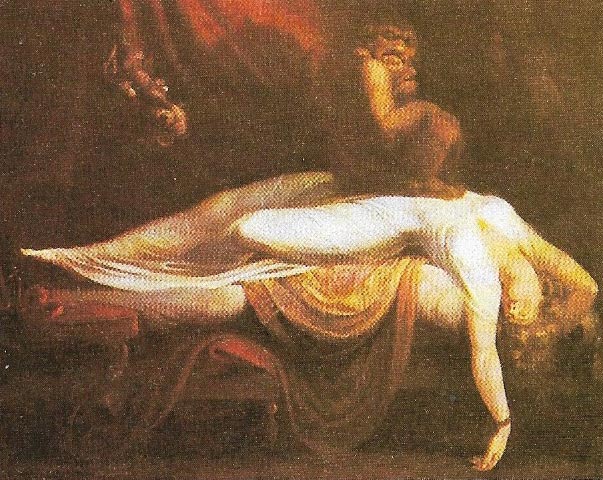
Fig 1. Henry Fuseli's "The Nightmare" (1782) is merely sensationalist by comparison with Goya's subtle comment on the horrors that may visit the mind asleep.it evokes a shudder in the spectator partly by drawing on legends of witchcraft (the incubus) and partly by its stirring of sexual fantasies. Yet it was a pioneering effort, not only in its theme – it seems to have been the first picture of a nightmare ever painted – but Lao in its reliance on (then) modern psychology.
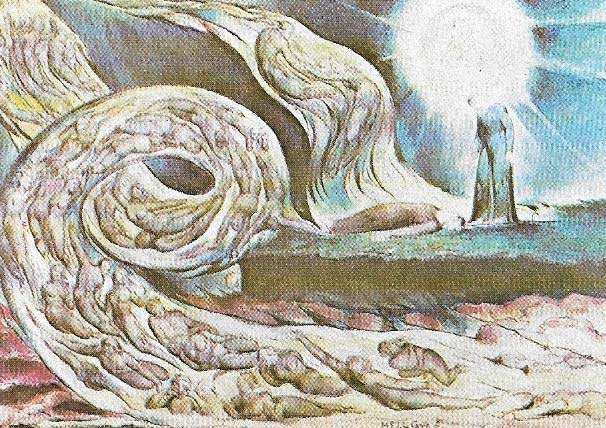
Figure 2. In his painting of a vision – The Damnation of Paolo and Francesca (c. 1824) from Dante's inferno – William Blake treated a moral and poetic theme.
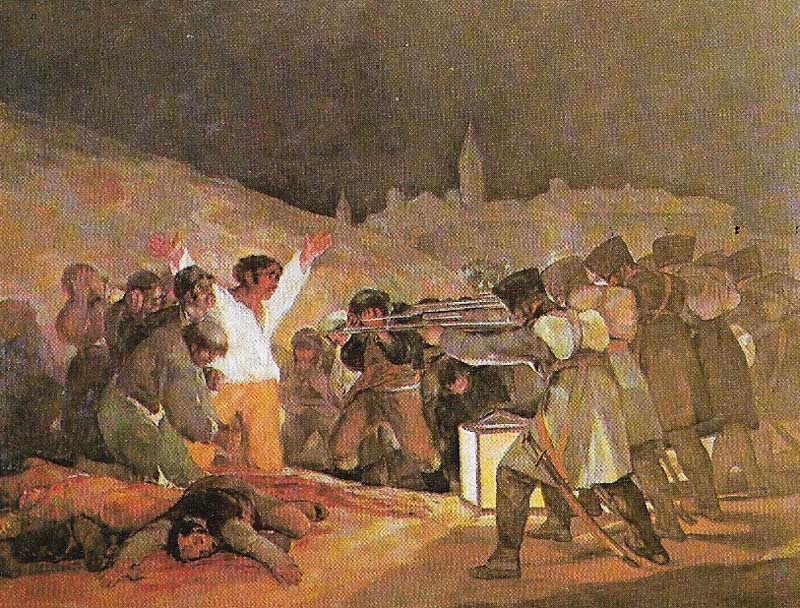
Figure 3. The execution of a group of Spanish insurgents in Madrid after their abortive rising against French occupying forces was powerfully depicted by Goya in his "The 3rd of May, 1808", painted in 1814.
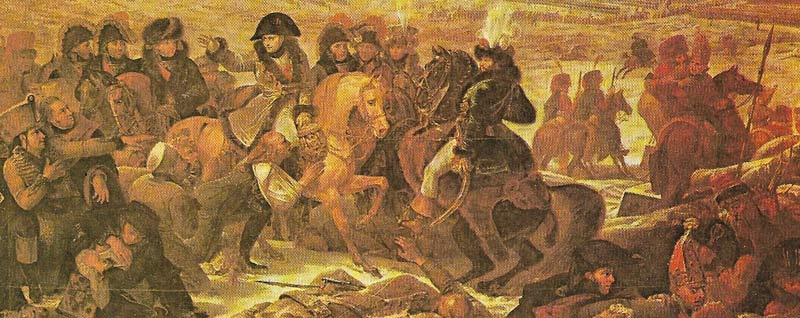
Figure 4. Violent action and the sense of "poetry" surrounding it was a major Romantic theme. The sense was that not only the results of conquest, battle and danger are desirable but that the experiences are exciting in themselves (seen in this light, defeat may seem as "poetic" as victory). The living embodiment of this ideal was Napoleon, whose military career was cheated in pictures by Antoine Gros. In "Napoleon at Eylau" (1808) the emperor is shown displaying his humanity towards the defeated Russian troops.
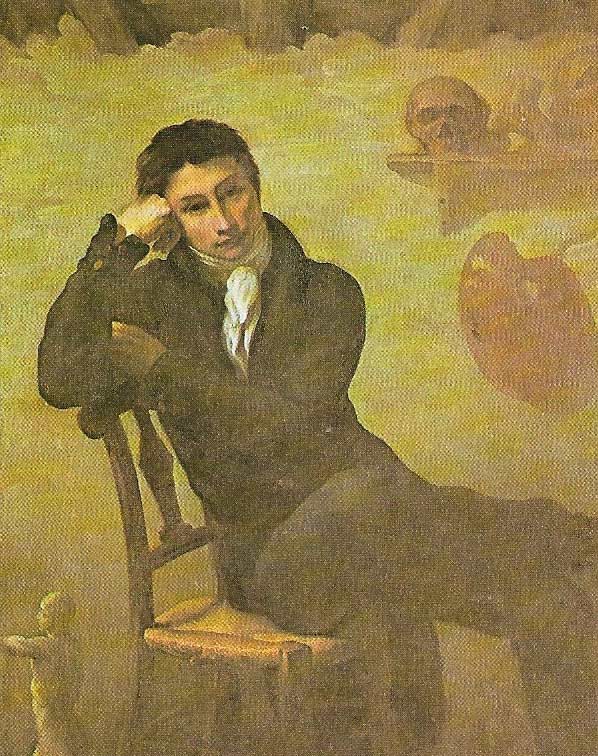
Figure 5. Romantic belief that artistic creation Springs from pain and turmoil is depicted in realistic terms in Gericault's "The Artist" (c. 1818). Whether inspiration comes or goes, the artist is a lonely, tormented being.
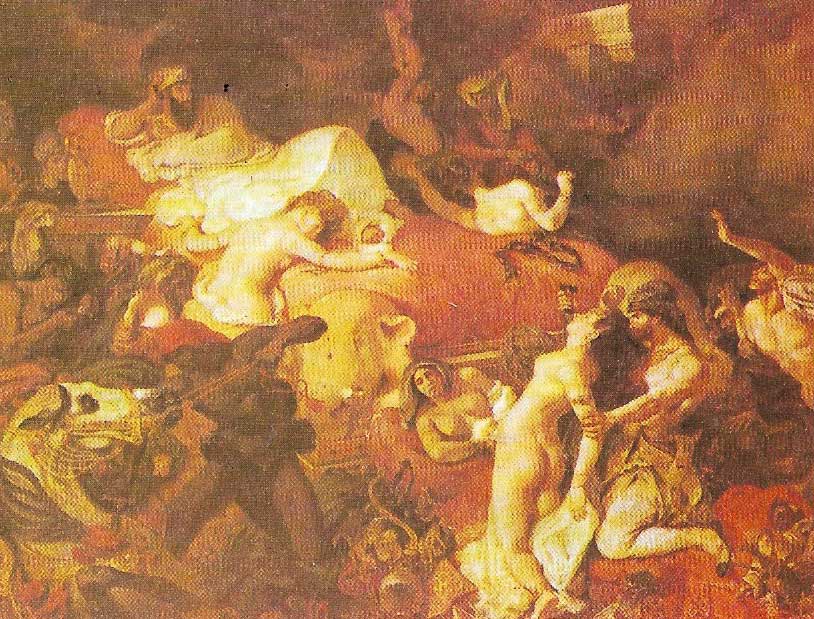
Figure 6. "Sardanapalus" (1827) by Delacroix, a huge, sprawling exhibition of sex and violence, was the ultimate French Romantic painting. The subject was taken from an original verse-play by – significantly – the English poet Byron.
In the later part of the 18th century, the classical order was coming under attack in one area after another. It's most formidable antagonist, and one who is now recognised as the father of the Romantic movement, was the French philosopher Jean Jacques Rousseau (1712–1778). He argued that feeling, not reason, should be the basis of belief and conduct and asserted, in opposition to classical theory, that art was not the servant of mortality. In addition, British and German writers, such as William Blake (1757–1827) and Johann Wolfgang von Goethe (1749–1832), identified the unconscious as the source of art and poetry and made sincerity for the first time a test of artistic value.
Romanticism in French painting
The development of romanticism in the visual arts is easiest to see in French painting. This is because it was only in France that a tradition of state patronage of grand historical subjects was kept up and because one can trace in the treatment of these subjects a gradual progression, beginning with an almost pure Neoclassicism and leading through a steady undermining of classical principals to a more or less pure, but not undisputed, romanticism.
The subversion of classicism began in that temple of Neoclassical painting, the art of Jacques-Louis David (1748–1825), especially in his work done around the time of the French Revolution and under and for Napoleon. Not that he abandoned classical qualities of style – clarity, precision, economy and references to the Antique and to Nicolas Poussin – but in painting such as "The Death of Marat" (1793) one can feel beneath the formal calm some Of the emotions released by Rousseau; a sense of the precariousness of human life and institutions; an awareness of the power of fanaticism and of chance; a morbid fascination with violence. In part these qualities reside in the subject rather than in its treatment, but the choice of the former is significant: one solitary man working, as he believed, for society and then being struck down by it. Throughout Romantic art, the image of a man alone defying and being ultimately defeated by some overwhelming force, whether of society, nature, the dark gods of unreason, or in extreme cases the universe itself, is one of the most potent of all symbols.
The poetry and horror of war
After David, the impulse towards emotionalism increased, stretching, although not yet breaking, the mould of classic form. Antoine Gros (1771–1835) (Fig 4) expressed the stirring poetry (as it was regarded at the time) of Napoleonic war, a poetry enhanced by its horror and destructiveness. Theodore Gericault (1791–1824) (Fig 5) represents a further stage still, in which the colour black becomes eloquent and dark shadows begin to bite into classical outline. With him, the solitary man may be not only the madman, the shipwrecked man or the man on a wild horse, but also the artist in despair. Finally there was Eugene Delacroix (1798–1863) (Fig 6) over whose work there finally broke out into classic-romantic battle. While he never repudiated classical principles altogether (no Frenchman could ever quite do that), his supporters saw his work as directly opposed to that of his older contemporary, the Neoclassicist Ingres (1780–1867) (who was not immune from romantic feeling himself). This "battle of styles" was joined around 1830 and it was then that the word "Romantic" was applied to pictorial art for the first time. Romanticism in painting, as epitomised by Delacroix, was identified with color, movement, breadth of handling and the uninhibited representation of violence.
It is much more difficult to discuss Romantic figure painting in other countries, as they had no continuous tradition either of patronage or outlook. In Britain, there was a growing interest in the irrational expressed by, for example, Fuseli (1741–1825) (Figure 1) and Blake (Figure 2) and this reached a climax before 1800, earlier than any comparable development in painting elsewhere; however, it was not followed up. In keeping with the date – the late 18th century – the style of Fuseli and Blake retains a strong link with Neoclassicism, in the use of forms derived from the Antique and Michelangelo and a dependence on outline. On the other hand, these forms were "pulled out" and given a sort of airy, boneless quality, which was employed by Fuseli to explore the psychological states of terror and nightmare and by Blake to express his "visions of Eternity". German Romantic painting took a different course in a turning back to the styles and subject matter of the Middle Ages and early Renaissance; this was carried out by a group founded by Johann Friedrich Overbeck and Franz Pforr who settled in Rome in 1810 and who called themselves the Nazarenes.
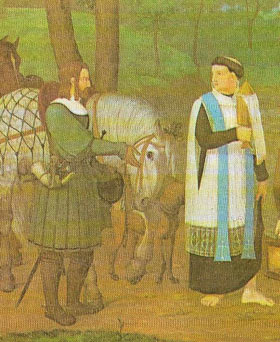 |
| The Nazarenes, an early 19th-century group of German "pre-Raphaelites", were the first systematically to revive late medieval styles, as in this detail from Franz Pforr's "Rudolf of Hapsburg and the Priest" (c. 1810). |
A portrayer of violence
There was no Italian painting to speak of in this period, owing partly to lack of patronage, but there was one very important artist in Spain: Francisco de Goya (1746–1828) (Figure 3) who is perhaps the hardest of all to classify. Formally, he was no Neoclassicist, yet his print "The Sleep of Reason produces Monsters" can be interpreted among other things as a warning of what happens when rational – that is, "classical" – order breaks down. No revolutionary celebrator of violence, he yet did not flinch from representing it, without traditional moral overtones, in its most terrible and bloody forms.
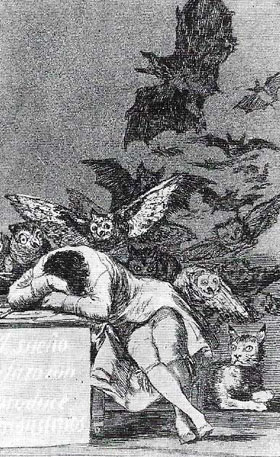 |
| Reason attacked by the forces of irrationalism and the supernatural, and the solitary ness of the individual in his journey through life, are two leading themes of romanticism. Both are reflected in Goya's original frontispiece to his series "Los Caprichos" (1700), a set of cryptic satires on contemporary mores. Both the frontispiece and its caption, "The Sleep of Reason produces Monsters", typically reveal only part of the artist's meaning. In a private note he explained that whereas fantasy abandoned by reason produces monsters, united with it she is the mother of the arts. |
